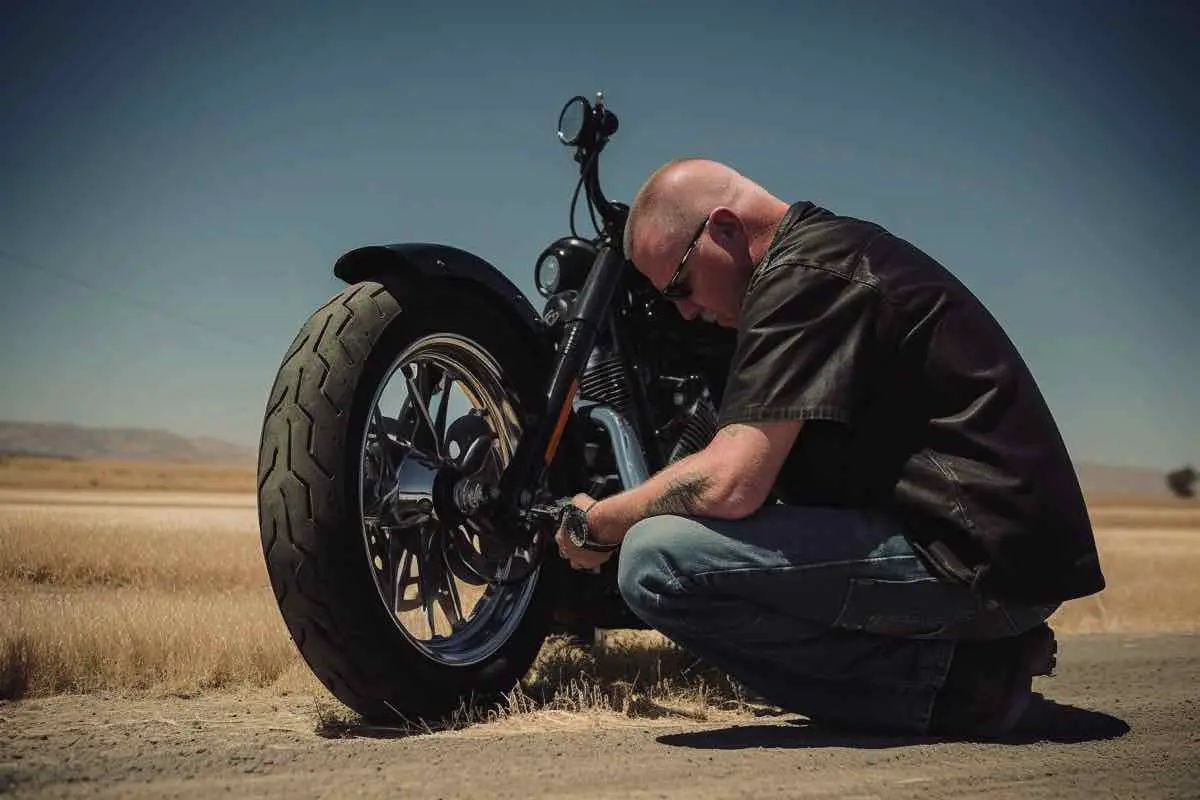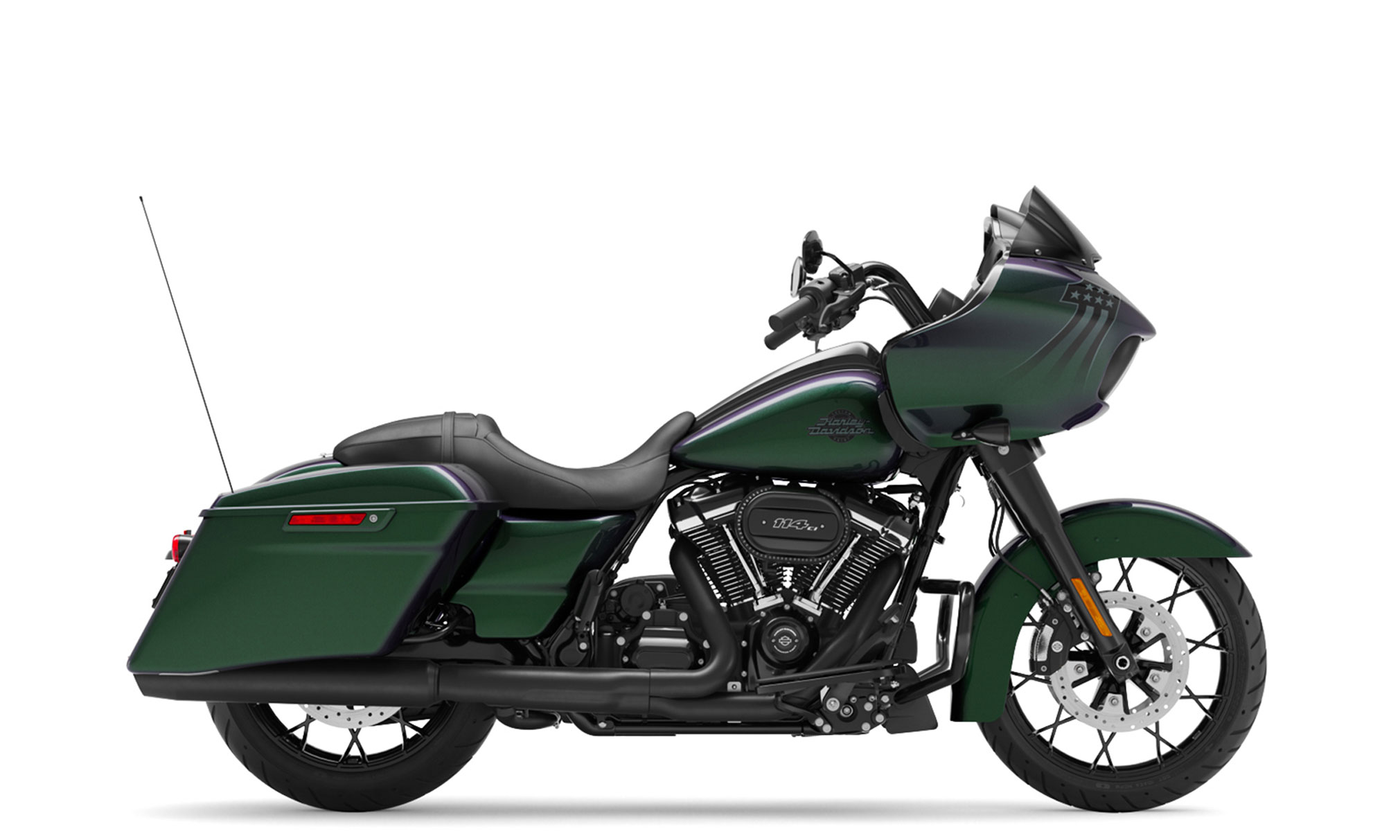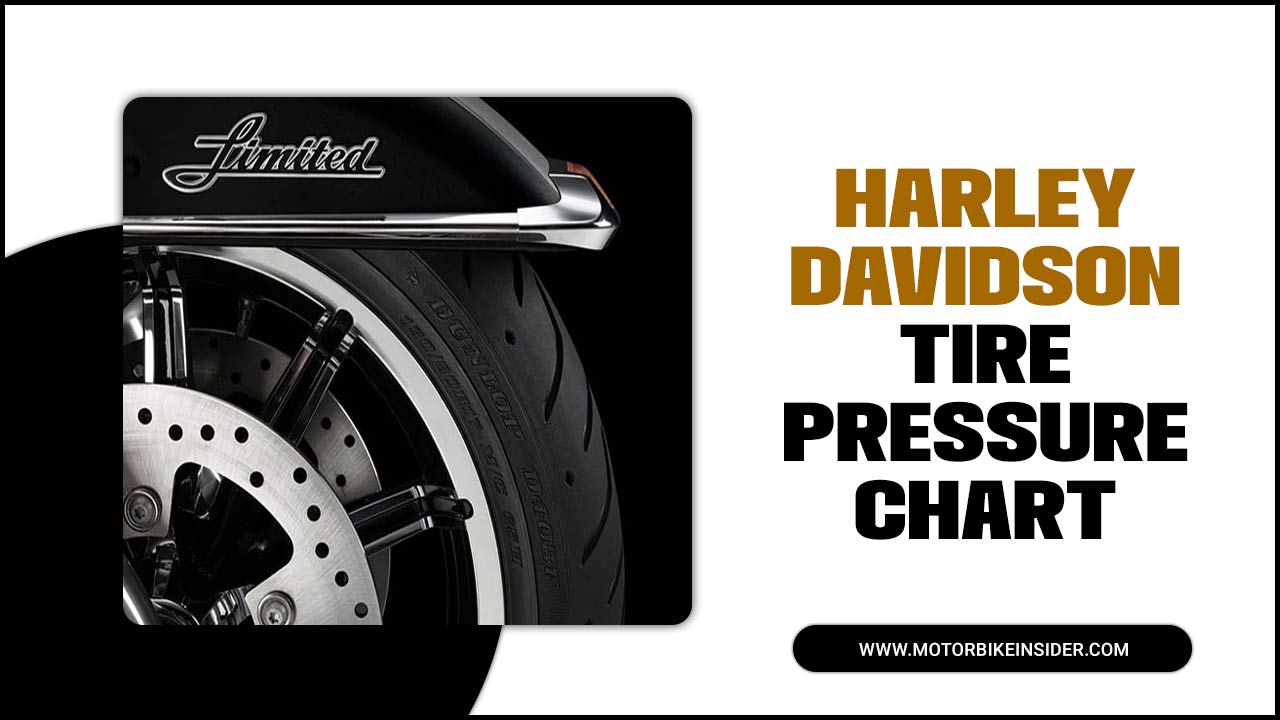Listen up, bikers. If you're into Harley-Davidson motorcycles, especially the 2024 Road Glide, tire pressure is a game-changer for your ride. Proper tire pressure isn't just about keeping your bike steady; it's about safety, fuel efficiency, and extending the life of your tires. Let's dive into the nitty-gritty of what you need to know about 2024 Road Glide tire pressure and how it affects your riding experience.
Now, you might be thinking, "Do I really need to worry about tire pressure?" The short answer is yes, absolutely. Your tires are the only part of your bike that touches the road, so they play a crucial role in how your bike handles. Whether you're cruising down the highway or taking a leisurely ride around town, maintaining the right tire pressure can make all the difference. So, let's get into it.
We'll cover everything from the recommended tire pressure for the 2024 Road Glide to troubleshooting common issues and tips for maintaining your tires. By the end of this guide, you'll be a tire pressure pro and ready to hit the road with confidence. Let's roll!
Read also:Jake Harris From The Deadliest Catch The Untold Story Of A Fishing Legend
Table of Contents
- Recommended Tire Pressure for 2024 Road Glide
- Why Tire Pressure Matters
- How to Check Tire Pressure
- Adjusting Tire Pressure
- Seasonal Impact on Tire Pressure
- Common Tire Pressure Issues
- Maintenance Tips for Your Tires
- Different Types of Tires for Road Glides
- Safety Tips for Tire Maintenance
- Wrapping It Up
Recommended Tire Pressure for 2024 Road Glide
Alright, let's talk numbers. The 2024 Road Glide comes with specific tire pressure recommendations from the manufacturer. For the front tire, you're looking at around 35 PSI, while the rear tire should be set to about 40 PSI. These numbers can vary slightly depending on factors like rider weight and road conditions, so always refer to your owner's manual for the most accurate information.
It's important to note that these pressures are for cold tires, meaning the bike hasn't been ridden for a while. Once you start riding, the tires heat up, and the pressure naturally increases. That's why checking tire pressure before a ride is crucial.
Why the Manufacturer's Recommendations Matter
Manufacturers don't just pull these numbers out of thin air. They're based on extensive testing and engineering to ensure optimal performance and safety. Deviating too much from these recommendations can lead to uneven tire wear, reduced fuel efficiency, and even blowouts. So, stick to the plan, folks.
Why Tire Pressure Matters
Let's break it down. Tire pressure affects several aspects of your ride:
- Handling: Proper pressure ensures your bike handles predictably, making it easier to navigate turns and avoid obstacles.
- Fuel Efficiency: Underinflated tires create more rolling resistance, which means your engine has to work harder, burning more fuel.
- Tire Lifespan: Maintaining the right pressure helps prevent premature wear, saving you money in the long run.
- Safety: Let's face it, nothing ruins a ride faster than a blowout. Proper pressure reduces the risk of this happening.
It's not just about numbers; it's about ensuring a safe and enjoyable ride every time you hit the road.
How to Check Tire Pressure
Checking tire pressure is easier than you think. All you need is a good quality tire pressure gauge. Here's how you do it:
Read also:Bob Barker The Iconic Television Host And Advocate
- Make sure your tires are cold. This means the bike hasn't been ridden for at least three hours or hasn't been moved more than a mile.
- Remove the valve cap from the tire.
- Press the gauge firmly onto the valve stem. You should hear a hiss as the gauge reads the pressure.
- Read the gauge and compare it to the recommended pressure.
- Replace the valve cap to keep debris out.
Pro tip: Do this at least once a month and before long rides. It's quick, easy, and could save you from a roadside headache.
Choosing the Right Gauge
Not all gauges are created equal. Look for one with a digital display for accuracy and ease of use. Some even come with backlighting, which is great for checking pressure in low-light conditions.
Adjusting Tire Pressure
So, you've checked your tire pressure and it's not quite right. No worries, adjusting it is simple:
- If the pressure is too low, use an air compressor or pump to add air until you reach the recommended level.
- If the pressure is too high, press the center pin on the valve stem with the back of a nail or a small tool to release air gradually.
- Recheck the pressure with your gauge to ensure it's spot on.
Remember, small adjustments can make a big difference. Don't rush the process; take your time to get it right.
Seasonal Impact on Tire Pressure
Weather can play a sneaky role in your tire pressure. In colder weather, air contracts, causing pressure to drop. Conversely, in warmer weather, air expands, increasing pressure. This means you might need to adjust your tire pressure with the changing seasons.
A good rule of thumb is to check your tire pressure more frequently during extreme weather conditions. Your tires and your ride will thank you for it.
How Temperature Affects Pressure
For every 10 degrees Fahrenheit change in temperature, your tire pressure can change by about 1 PSI. So, if it's been a particularly cold night, don't be surprised if your tires are a bit low in the morning.
Common Tire Pressure Issues
Even the best riders can run into tire pressure problems. Here are some common issues and how to fix them:
- Leaking Valve Stems: If you notice a slow loss of pressure, check the valve stems for leaks. A simple replacement might be all you need.
- Punctures: Nails, screws, or other sharp objects can cause punctures. Patch kits are great for quick fixes, but a professional repair might be necessary for larger holes.
- Worn Tires: Tires with excessive wear can lose pressure more easily. It's time for a new set if you notice uneven wear or low tread depth.
Staying on top of these issues can prevent bigger problems down the road.
Troubleshooting Tips
When in doubt, trust your instincts. If something feels off about your ride, it probably is. Take a moment to check your tire pressure and give your tires a visual inspection. It's better to catch a problem early than to deal with it on the side of the road.
Maintenance Tips for Your Tires
Proper maintenance goes beyond just checking pressure. Here are some additional tips to keep your 2024 Road Glide tires in top shape:
- Regular Inspections: Look for signs of wear, cracks, or bulges that could indicate a problem.
- Proper Storage: If you're not riding for an extended period, store your bike in a cool, dry place to prevent tire damage.
- Rotation: Rotating your tires can help even out wear and extend their lifespan.
These little steps can add up to big savings and peace of mind.
When to Replace Your Tires
Even the best-maintained tires won't last forever. Look for signs like low tread depth, uneven wear, or age-related cracking. Most manufacturers recommend replacing tires every five to six years, regardless of wear.
Different Types of Tires for Road Glides
Not all tires are suited for the 2024 Road Glide. Here's a quick rundown of the main types:
- Radial Tires: These offer a smoother ride and better handling, making them a popular choice for touring bikes like the Road Glide.
- Bias-Ply Tires: Known for their durability, these are often used for off-road or heavy-duty applications.
- Tubeless vs. Tubed: Tubeless tires are generally easier to maintain and less prone to punctures, but both have their advantages.
Choosing the right tire can enhance your riding experience, so do your research and pick the one that suits your needs best.
Why Radials Are King
For most Road Glide owners, radial tires are the way to go. They provide better grip, especially in wet conditions, and offer a more comfortable ride over long distances. Plus, they're designed to handle the weight and power of a Harley-Davidson with ease.
Safety Tips for Tire Maintenance
Safety should always be your top priority. Here are some final tips to keep you safe on the road:
- Regular Checks: Make tire pressure checks a part of your pre-ride routine.
- Professional Inspections: Have a professional inspect your tires annually to catch any issues you might miss.
- Emergency Kit: Carry a tire repair kit and portable air compressor for those unexpected moments.
Being prepared is the best way to ensure a safe and enjoyable ride every time.
Stay Safe, Stay Smart
Riding a Harley-Davidson is about freedom and adventure, but it's also about responsibility. Taking care of your tires is a small price to pay for the peace of mind that comes with knowing you're riding safely.
Wrapping It Up
So there you have it, everything you need to know about 2024 Road Glide tire pressure. From understanding the importance of proper pressure to maintaining your tires, we've covered it all. Remember, your tires are the foundation of your ride, so treat them right.
Take action today by checking your tire pressure and making any necessary adjustments. Share this guide with fellow riders and spread the word about the importance of tire maintenance. Together, we can ensure every ride is as safe and enjoyable as possible.
Until next time, ride safe and keep those tires rolling!


